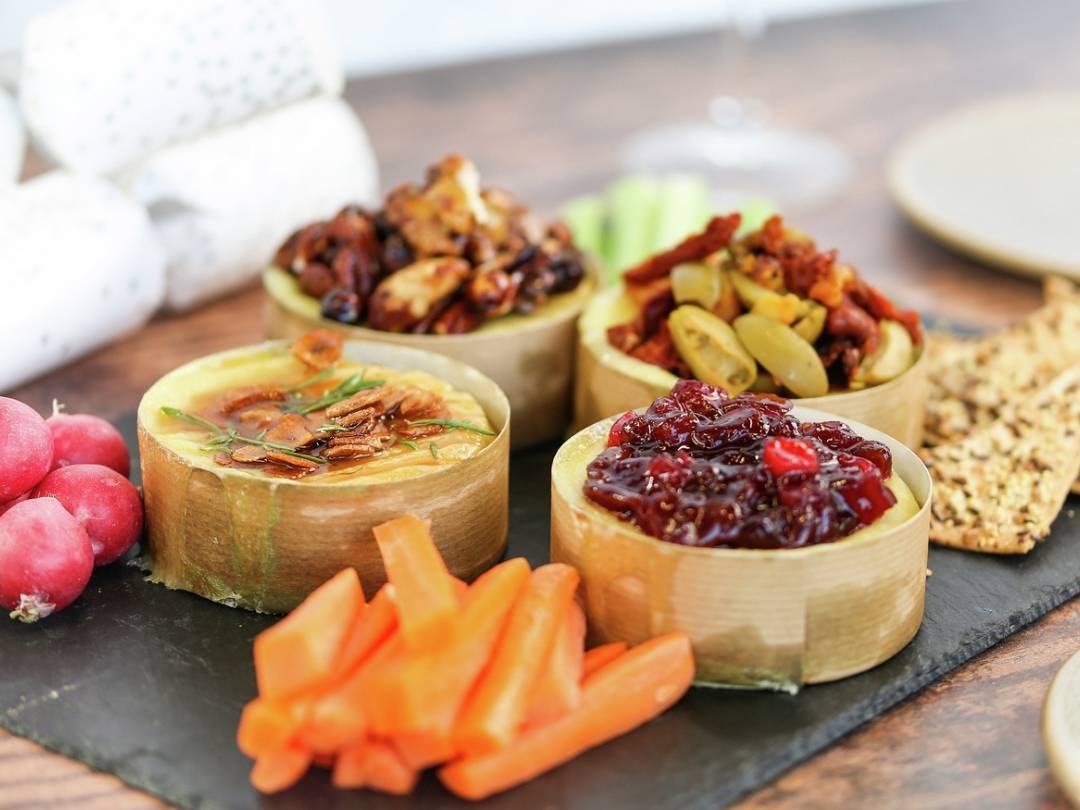Baked Camembert: A Guide to Perfecting This Rich, Melty Cheese Delight
Contents
- 1 History and Cultural Significance: The Roots of Camembert
- 1.1 Selecting the Right Camembert: Choosing Quality
- 1.2 Preparation Essentials: Getting Your Camembert Ready for Baking
- 1.3 Baking Process: Mastering the Oven Technique
- 1.4 Serving Suggestions: Enhancing Your Baked Camembert
- 1.5 Variations: Customizing Your Baked Camembert
- 1.6 Nutritional Information: Understanding the Benefits and Considerations
- 1.7 Expert Tips: Secrets from the Chefs
- 1.8 Conclusion: Celebrating the Joy of Baked Camembert
- 2 Author
Baked Camembert is a culinary treasure that hails from Normandy, France, where it was first created in the late 18th century. This dish elevates the soft, creamy cheese into a gooey, decadent appetizer that’s perfect for sharing. In this article, we’ll explore how to perfect this beloved dish, from selecting the right type of Camembert to the ideal accompaniments that enhance its rich flavors.
History and Cultural Significance: The Roots of Camembert

Camembert cheese has a storied past, with legends attributing its invention to Marie Harel, a farmer from Normandy, during the French Revolution. Granted an Appellation d’Origine Contrôlée (AOC) status, genuine Camembert de Normandie must meet strict production criteria, including being made from unpasteurized cow’s milk. This cheese not only reflects a rich cultural heritage but also showcases the French dedication to culinary excellence.
Selecting the Right Camembert: Choosing Quality
The success of baked Camembert begins with selecting a high-quality cheese. Look for cheeses that are labeled “Camembert de Normandie” if you are after authenticity and a richer experience, as these are made from raw milk and have a deeper flavor profile. The cheese should feel plump and the rind intact, with a slight springiness to the touch, indicating that it is ripe for baking.
Preparation Essentials: Getting Your Camembert Ready for Baking
Preparing Camembert for baking involves minimal steps but is crucial for achieving that perfect melt. Start by scoring the top of the cheese in a cross-hatch pattern. This not only helps the cheese heat evenly but also allows for additions like garlic slivers, rosemary sprigs, or a drizzle of honey, which can be inserted into the slits for extra flavor.
Baking Process: Mastering the Oven Technique
Bake your Camembert in a preheated oven at 180°C (350°F) for about 15 to 20 minutes. The cheese should be placed back in its wooden box (if available) or in a small baking dish. The key is to bake until the inside is visibly melted and bubbly without letting the rind break apart. Observing the cheese closely towards the end of baking ensures it reaches the perfect consistency.
Serving Suggestions: Enhancing Your Baked Camembert
Once baked, Camembert transforms into a spreadable delight. Serve it straight from the oven with a selection of crusty bread, crostini, or even apple slices for dipping. The warmth of the cheese and its creamy texture make it an ideal centerpiece for a wine night or as part of a more extensive charcuterie board.
Variations: Customizing Your Baked Camembert
Experiment with various toppings to customize your baked Camembert. Before baking, you might sprinkle some crushed nuts or drizzle a bit of quality balsamic vinegar atop the cheese. Each addition offers a new dimension of taste that complements the rich and earthy flavors of Camembert.
Nutritional Information: Understanding the Benefits and Considerations
While Camembert is indulgent, it also offers nutritional benefits, including a good source of protein and calcium. However, it is high in fat and should be enjoyed in moderation, especially by those watching their calorie intake. Knowing the nutritional content helps you appreciate the cheese more fully and consume it responsibly.
Expert Tips: Secrets from the Chefs
Chefs recommend letting the Camembert sit at room temperature for about half an hour before baking; this step ensures that the cheese cooks evenly. Also, avoid over-baking, as the cheese could become too runny and difficult to serve neatly.
Conclusion: Celebrating the Joy of Baked Camembert
Baked Camembert is more than just a dish; it’s a dining experience that invites interaction and enjoyment. Whether it’s the centerpiece at a gathering or a fiatogel treat for a quiet evening, mastering the art of baking Camembert allows you to bring a touch of French cuisine into your home, delighting your palate with every creamy, dreamy bite.

